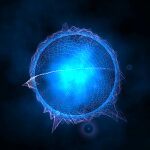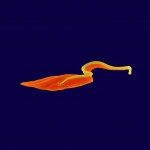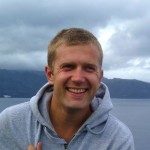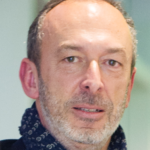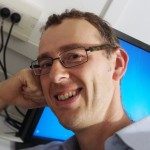Link to Pubmed [PMID] – 22992454
Link to HAL – hal-03269109
Link to DOI – 10.1242/jcs.117069
Journal of Cell Science, 2013, 126 (1), pp.327-338. ⟨10.1242/jcs.117069⟩
Intraflagellar transport (IFT) is necessary for the construction of cilia and flagella. IFT proteins are concentrated at the base of the flagellum but little is known about the actual role of this pool of proteins. Here, IFT was investigated in Trypanosoma brucei, an attractive model for flagellum studies, using GFP fusions with IFT52 or the IFT dynein heavy chain DHC2.1. Tracking analysis by a curvelet method allowing automated separation of forward and return transport demonstrated a uniform speed for retrograde IFT (5 µm/s) but two distinct populations for anterograde movement that are sensitive to temperature. When they reach the distal tip, anterograde trains are split in three and converted to retrograde trains. When a fast anterograde train catches up with a slow one, it is almost twice more likely to fuse with it rather than to overtake it, implying that these trains travel on a restricted set of microtubules. Using photobleaching experiments, we show for the first time that IFT proteins coming back from the flagellum are mixed with those present at the flagellum base and can reiterate a full IFT cycle in the flagellum. This recycling is dependent on flagellum length and IFT velocities. Mathematical modelling integrating all parameters actually reveals the existence of two pools of IFT proteins at the flagellum base, but only one is actively engaged in IFT.
